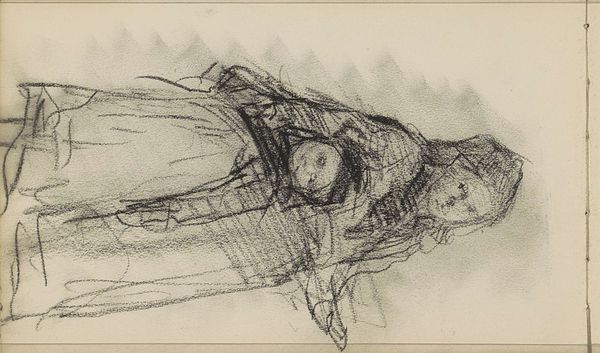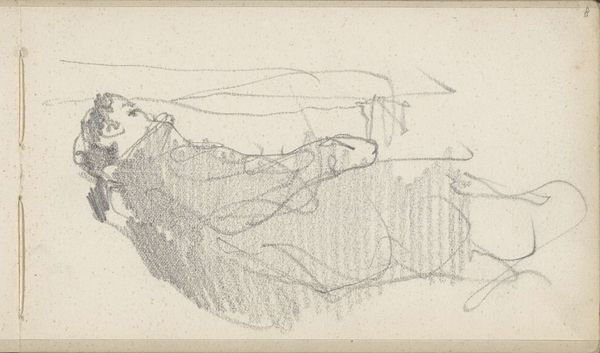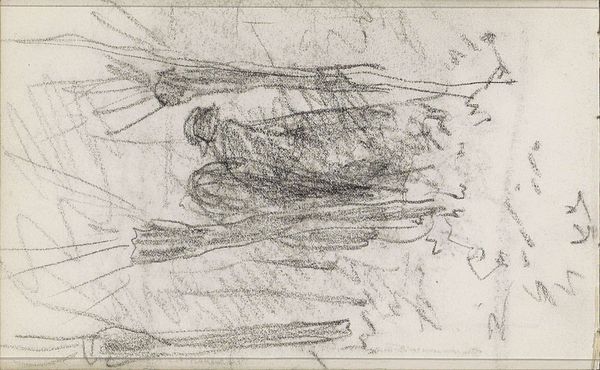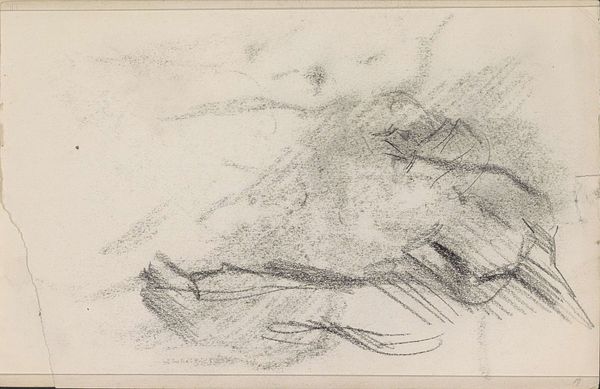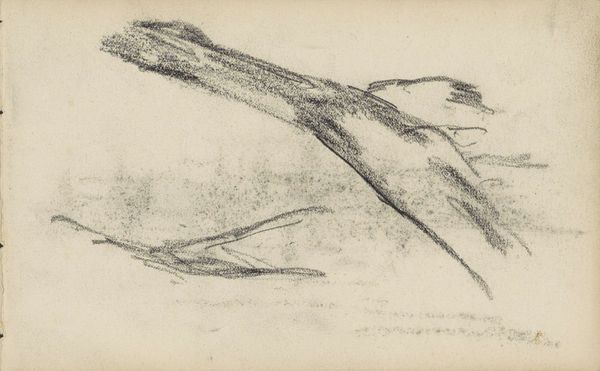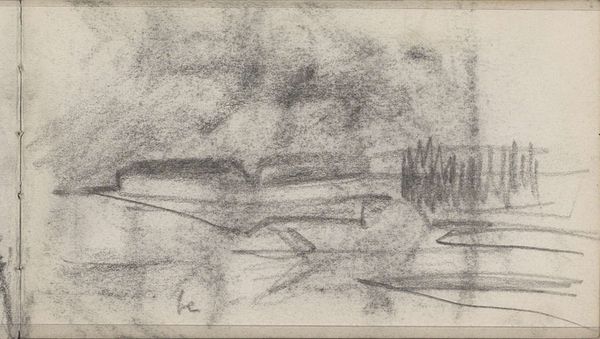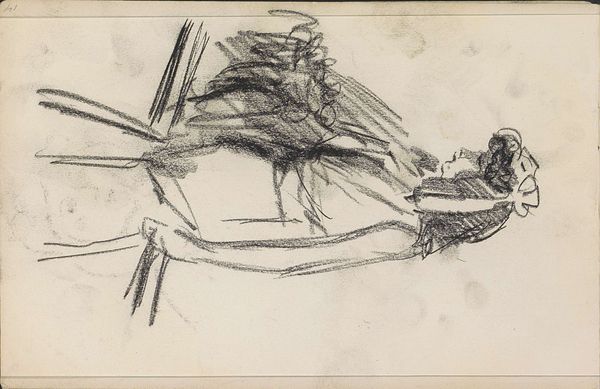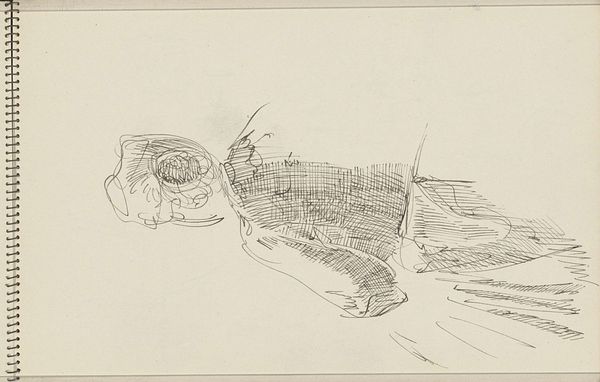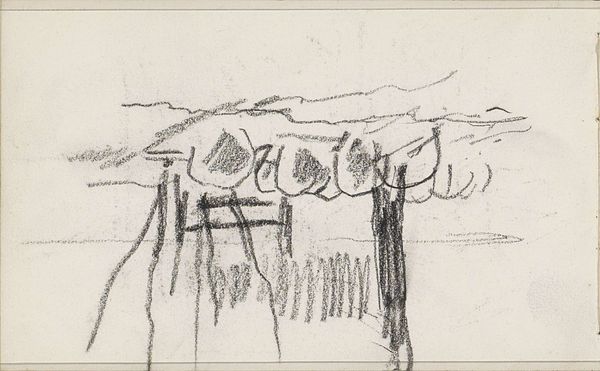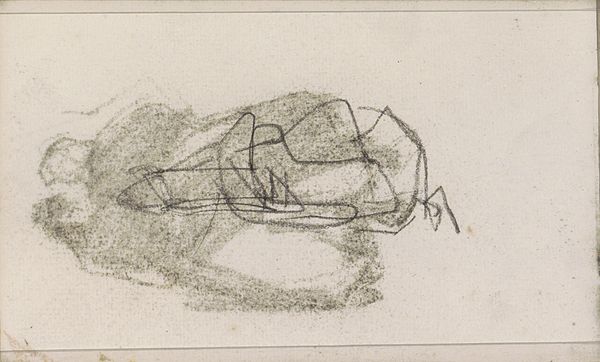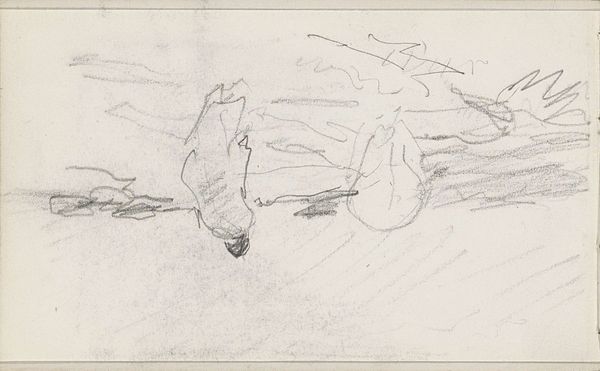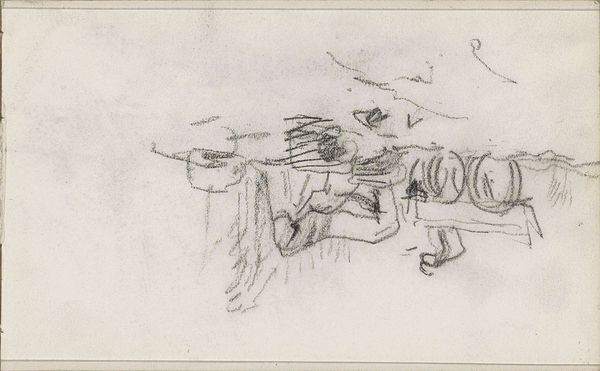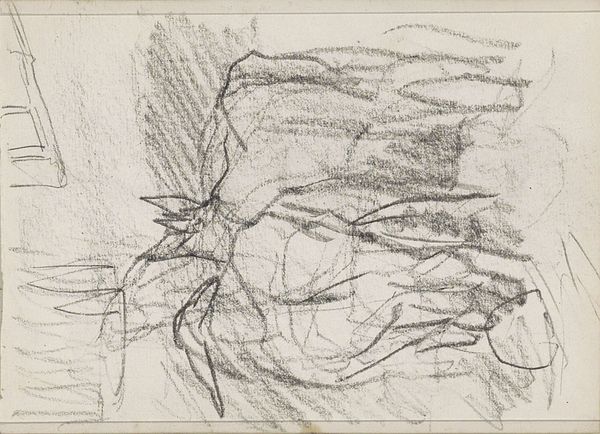
drawing, pencil
#
drawing
#
impressionism
#
pencil sketch
#
landscape
#
pencil
#
sketchbook drawing
Copyright: Rijks Museum: Open Domain
Editor: Anton Mauve’s pencil drawing, "Herder met een schaapskudde," or "Shepherd with a Flock of Sheep," was created sometime between 1848 and 1888. The sketch-like quality evokes a feeling of transience and quiet observation, but what’s most striking to me is how the artist captured such a tangible sense of movement with just a few lines. What stands out to you? Curator: I see a study in contrasts – light and dark, movement and stillness. But even more, I’m struck by the weight of pastoral imagery in European consciousness. Sheep, shepherd, field… These aren't just objects; they’re laden symbols representing an idealised, simple life, closeness to nature, and even religious allegory—the shepherd as a protector, guiding his flock. Does the image of a peaceful scene translate directly for you? Or do you sense something more complex? Editor: I think I get what you mean about complexity because I can see that it feels unfinished. Is it an image of a memory, rather than reality? Curator: Exactly! It is less a depiction of observed reality than a distillation of memory and cultural echoes. Note how the flock seems to merge into one form, a dark, undulating line. This feels more like a symbolic shorthand for “flockness” than a detailed portrayal of individual animals. That abstracted form invites us to consider what the collective represents, perhaps even tapping into a collective memory of the pastoral. Editor: So it’s not just a landscape, it’s loaded with all these layers of historical and cultural meaning? Curator: Precisely! These simple images, rendered in humble pencil, speak volumes about humanity’s ongoing dialogue with the natural world and the stories we project upon it. Editor: It's interesting to think about how a seemingly simple drawing can hold so much cultural weight. I’ll definitely look at landscapes differently now!
Comments
No comments
Be the first to comment and join the conversation on the ultimate creative platform.
